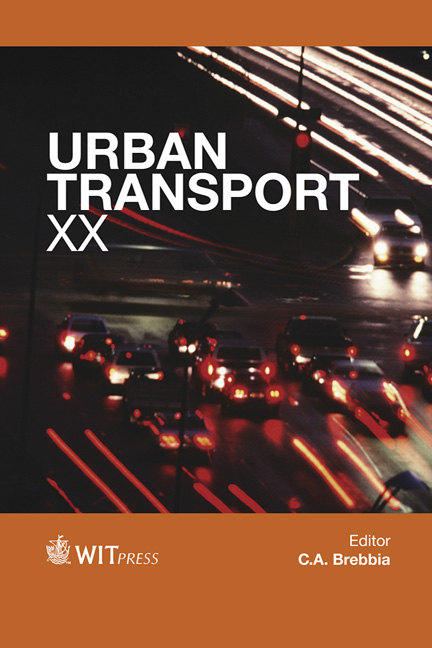The Constraint And Liberation Of Urban Morphology In Algiers
Price
Free (open access)
Transaction
Volume
138
Pages
13
Published
2014
Size
9,496 kb
Paper DOI
10.2495/UT140431
Copyright
WIT Press
Author(s)
T. Shen
Abstract
What is the relationship between urban morphology and transportation infrastructure? As neutral reference lines for future urban organization, the transportation have not only influenced the initial urban structure, but also behaved as the carrier of dynamic circulations. Although such highway and railway systems have underpinned the city vitality, stimulated productivity and population mobility, these large-scaled structures have also led to the urban splintering. Taking Algiers as case study, this paper examines the inter-dynamic elements between transportation development, urban morphology changing and social collective activities. On the one hand to illustrate, these infinite infrastructures tend to segregate the metropolitan regions, traverse the urban form and constrain regional organization. On the other hand, as Made in Tokyo suggests, such new spaces shaped by transportation infrastructures are actually valuable, not only because they are opportunities for making the best of limited space in the dense city center, but also revitalising accessibility from the center to the surrounding area. While one indicates a regional planning perspective, the other deals with an existing plan, architecture and social aspects.
Keywords
urban morphology, transportation infrastructure, circulation, interactional relations, urban splintering, urban sprawl.





